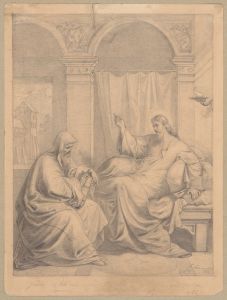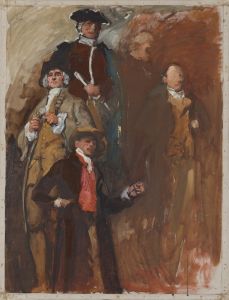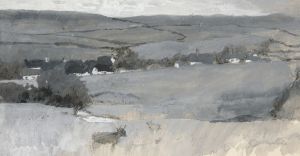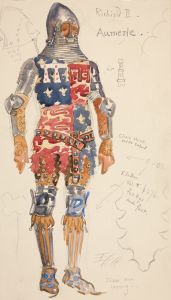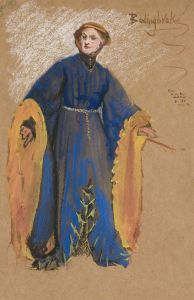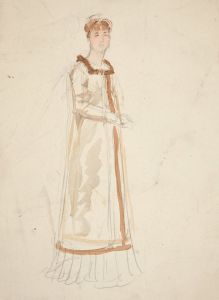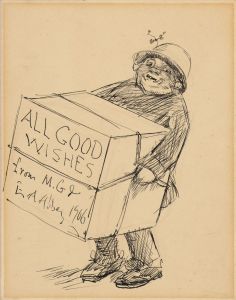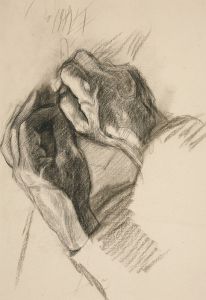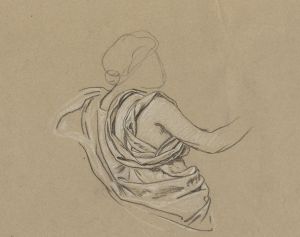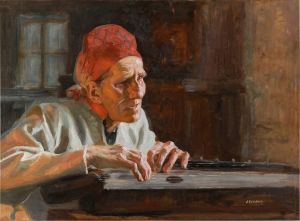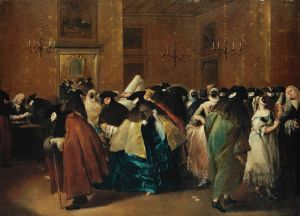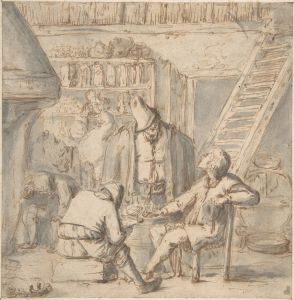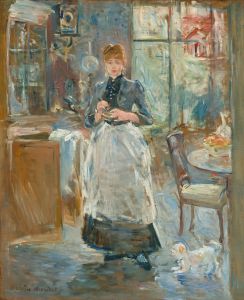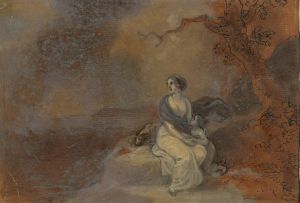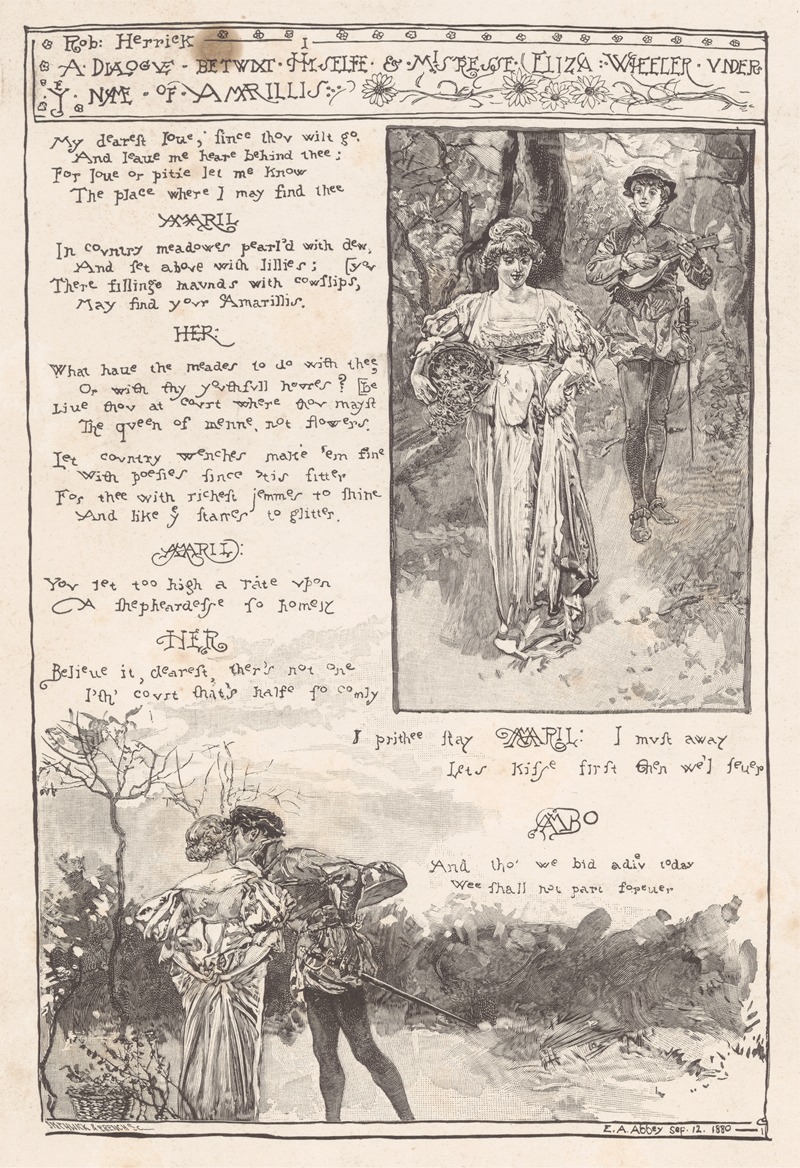
A Dialogue Betwixt Himself, and Mistress Eliza Wheeler by Robert Herrick
A hand-painted replica of Edwin Austin Abbey’s masterpiece A Dialogue Betwixt Himself, and Mistress Eliza Wheeler by Robert Herrick, meticulously crafted by professional artists to capture the true essence of the original. Each piece is created with museum-quality canvas and rare mineral pigments, carefully painted by experienced artists with delicate brushstrokes and rich, layered colors to perfectly recreate the texture of the original artwork. Unlike machine-printed reproductions, this hand-painted version brings the painting to life, infused with the artist’s emotions and skill in every stroke. Whether for personal collection or home decoration, it instantly elevates the artistic atmosphere of any space.
"A Dialogue Betwixt Himself, and Mistress Eliza Wheeler" is a painting by Edwin Austin Abbey, an American artist known for his illustrations and paintings, particularly those depicting scenes from literature and history. Abbey was born in 1852 in Philadelphia and became a prominent figure in the art world during the late 19th and early 20th centuries. He was a member of the Royal Academy of Arts in London and spent much of his career in England.
The painting is inspired by a poem of the same name by Robert Herrick, a 17th-century English lyric poet and cleric. Herrick is best known for his collection "Hesperides," which includes the famous poem "To the Virgins, to Make Much of Time." His work often explores themes of love, nature, and the passage of time, characterized by a lyrical and sometimes playful style.
Edwin Austin Abbey's painting captures the essence of Herrick's poem, which is a dialogue between the poet and a woman named Eliza Wheeler. The poem reflects on themes of love and admiration, with a conversational tone that Abbey translates into a visual narrative. Abbey's ability to convey the subtleties of literary works through his art is evident in this piece, as he brings the characters and their interaction to life on canvas.
Abbey's artistic style is marked by his attention to detail and his skillful use of color and light. His works often feature rich, vibrant colors and a strong sense of composition, drawing the viewer into the scene. In "A Dialogue Betwixt Himself, and Mistress Eliza Wheeler," Abbey likely employs these techniques to create a vivid and engaging portrayal of the poem's characters and setting.
Throughout his career, Abbey was influenced by the Pre-Raphaelite Brotherhood, a group of English painters, poets, and critics founded in 1848. The Pre-Raphaelites emphasized a return to the detail, intense colors, and complex compositions of Quattrocento Italian art. Abbey's work often reflects these influences, as seen in his meticulous attention to detail and his use of historical and literary themes.
Abbey's contributions to the art world extend beyond his paintings. He was also a successful illustrator, contributing to publications such as Harper's Weekly and illustrating works by authors like Charles Dickens and William Shakespeare. His illustrations often demonstrated the same level of detail and narrative skill as his paintings, further establishing his reputation as a versatile and talented artist.
While specific details about the painting "A Dialogue Betwixt Himself, and Mistress Eliza Wheeler" may not be extensively documented, Abbey's broader body of work and his approach to art provide context for understanding this piece. His ability to interpret and visualize literary themes has left a lasting impact on both the art and literary worlds, making his work a valuable part of cultural history.





